detail profile jean brooks
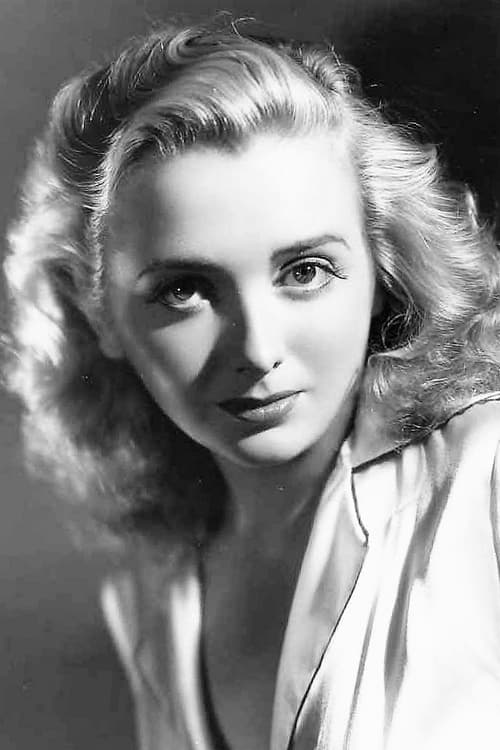
Jean Brooks
Ruby M. Kelly
atau dikenal sebagai
Riwayat Hidup
Fluent in Spanish, Jean Brooks began professionally by singing with Enric Madriguera and Orchestra in New York.
She had a small role in the New York City-filmed The Crime of Doctor Crespi (1935) and the second lead in a Broadway play, "Name Your Poison" (1938), with Lenore Ulric, all under her real name of Jeanne Kelly.
She was signed by an independent film production company that had gone under by the time she got to Hollywood.
She spent several years at Universal as a leading lady in "B" pictures, including several Johnny Mack Brown westerns, but her option was dropped in late 1941.
By this time she had married writer (later director) Richard Brooks and, with a certain Broadway hoofer having just signed at MGM, dropped the Kelly and became Jean Brooks.
She signed with RKO, where film buffs know her for her three appearances for cult producer Val Lewton, particularly her stunning performance as a haunted devil worshiper in The Seventh Victim (1943).
Her clipped delivery and intense, forceful acting style made her a promising bet for stardom, but RKO lost interest in her by mid-'44 and her roles got gradually smaller until she was dropped in 1946.
She and Brooks divorced (his later studio biographies omitted her name as one of his ex-wives).
For many years she was listed as a "Lost Player" championed in several magazine articles by writer Doug McClelland.
She was eventually located in San Francisco, where she had moved after her film career petered out, and was employed as a classified ad solicitor on the "San Francisco Examiner" newspaper.
She had married a printer called Leddy.
Her death at the Kaiser Hospital in Richmond, California, in 1963 was due to nutritional problems caused by alcoholism, a sad ending for a stylish and talented performer who didn't get the breaks she deserved, both personally and professionally.
Date of Death 25 November 1963, Richmond, California (extreme malnutrition & alcoholism)
Info Pribadi
Peran Yang Di Mainkan Jean Brooks
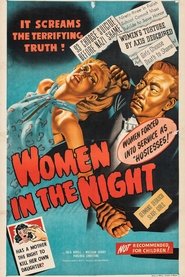 During WW2 six allied nations women...
During WW2 six allied nations women...Women in the Night 1948
During WW2 six allied nations women at Shanghai University are arrested by the Germans accused of killing a German officer and forced to entertain the Japanese.
 A pilot of a B 29 meets...
A pilot of a B 29 meets...The Bamboo Blonde 1946
A pilot of a B 29 meets Louise Anderson, a singer in a New York nightclub. He falls in love with her, but he had to leave next day for action in the Pacific. He lets paint her picture on his bomber, the "Bamboo Blonde" and becomes a hero with his crew sinking a Japanese battleship and shooting down a Japanese fighter wing. Back in New York, he leaves his fiancée and engages him to Louise.
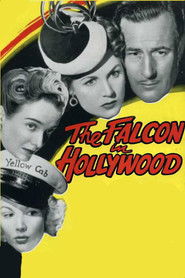 Suave amateur detective Tom Lawrenceaka Michael...
Suave amateur detective Tom Lawrenceaka Michael...The Falcon in Hollywood 1944
Suave amateur detective Tom Lawrence--aka Michael Arlen's literary hero The Falcon--arrives in Hollywood for some rest and relaxation, only to find himself involved in the murder of a movie actor. There's no shortage of suspects: the costume designer to whom he was married, a tyrannical director, a beautiful young French starlet, a Shakespeare-quoting producer, even a New York gangster. Helping The Falcon solve the crime is a cute, wise-cracking cab driver and a pair of bumbling cops.
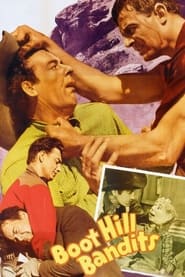 Boltons men blow up the wagon...
Boltons men blow up the wagon...Boot Hill Bandits 1942
Bolton's men blow up the wagon carrying the mine payroll and Marshal Crash Corrigan is supposedly killed in the explosion. A man finds his badge and gives it to Bolton. Thinking Crash dead, Bolton gives the badge away and it ends up with the Sheriff. Crash is OK and the Range Busters know Bolton is the head of the gang but that he gets his orders from someone else and that is the man they want.
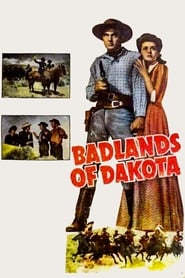 In the Dakotas during the days...
In the Dakotas during the days...Badlands of Dakota 1941
In the Dakotas during the days of the Great Gold Boom, brothers Jim and Bob Holliday are bumping heads over the affections of pretty Anne Grayson. While all this is going on, Wild Bill Hickok does his best to neutralize the local criminal element-and to fend off the romantic overtures of boisterous Calamity Jane.
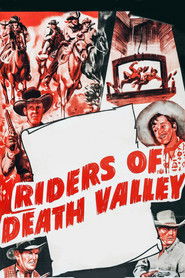 The Saturday matinee crowd got two...
The Saturday matinee crowd got two...Riders of Death Valley 1941
The Saturday matinee crowd got two cowboy stars for the price of one in this lavishly budgeted western serial starring former singing cowboy Dick Foran and Buck Jones. The latter contributed deadpan humor to the proceedings, making Jones perhaps the highest paid B-western comedy relief in history. The two heroes defend the Death Valley borax miners from an outlaw gang headed by Wolf Reade. An extraordinarily strong cast -- for a serial, at least -- supported the stars, headed by Charles Bickford as Reade, Leo Carillo, Lon Chaney, Jr., and silent screen star Monte Blue. Leading lady Jeanne Kelly later changed her name to Jean Brooks and starred in the atmospheric RKO thriller The Seventh Victim (1943). Universal claimed to have spent $1 million on this serial and made sure to get their money's worth by endlessly recycling the action footage in serials and B-westerns for years to come.
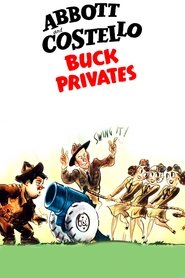 Petty con artists Slicker Smith and...
Petty con artists Slicker Smith and...Buck Privates 1941
Petty con artists Slicker Smith and Herbie Brown mistakenly join the Army evading the cops. The cop chasing them winds up as their drill instructor. A rich young man and his former working class chauffeur are not only in the same unit, they're vying for a pretty girl who seems attracted to both.
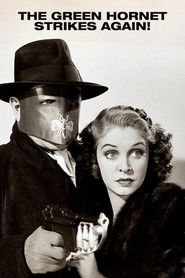 Second serial featuring The Green Hornet...
Second serial featuring The Green Hornet...The Green Hornet Strikes Again! 1940
Second serial featuring The Green Hornet and Kato.
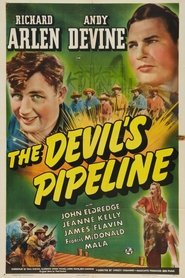 A secretary sends a coded plea...
A secretary sends a coded plea...The Devil's Pipeline 1940
A secretary sends a coded plea for help in her monthly report; two detectives investigate and find out that men are jailed on phony charges, forced to work in oil fields and then murdered if they try to escape.
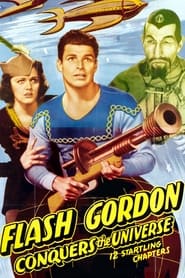 A mysterious plague the Purple Death...
A mysterious plague the Purple Death...Flash Gordon Conquers the Universe 1940
A mysterious plague, the Purple Death, ravages the earth. Dr. Zarkov, investigating in his spaceship, finds a ship from planet Mongo seeding the atmosphere with dust. Sure enough, Ming the Merciless is up to his old tricks. So it's back to Mongo for Flash, Dale, and Zarkov.
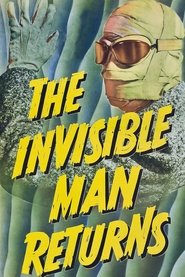 The owner of a coal mining...
The owner of a coal mining...The Invisible Man Returns 1940
The owner of a coal mining operation, falsely imprisoned for fratricide, takes a drug to make him invisible, despite its side effect: gradual madness.
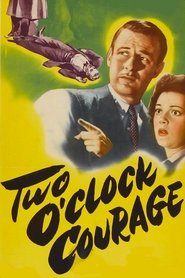 A cab driver nearly hits a...
A cab driver nearly hits a...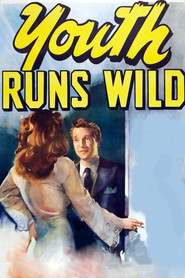 The teens of a defenseplant town...
The teens of a defenseplant town...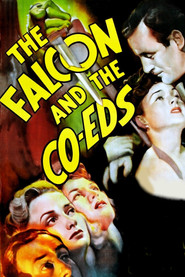 The Falcon is called to a...
The Falcon is called to a...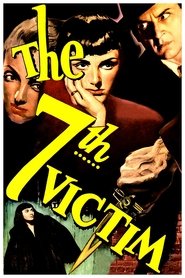 After young Mary Gibson discovers that...
After young Mary Gibson discovers that... Two industrialists disappear from an airplane...
Two industrialists disappear from an airplane... When a leopard escapes during a...
When a leopard escapes during a... On Christmas Eve in the Spanish...
On Christmas Eve in the Spanish...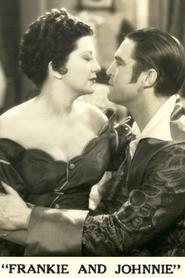 The story of a woman Frankie...
The story of a woman Frankie...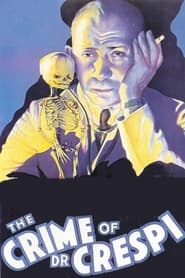 A crazed scientist invents a serum...
A crazed scientist invents a serum...